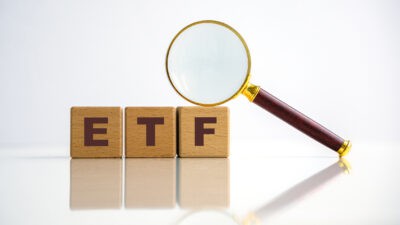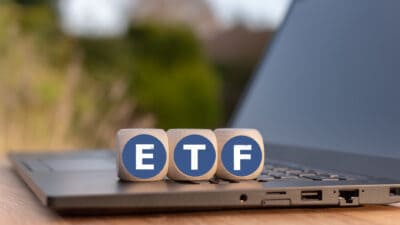When starting out on what is hopefully a lifelong investing journey of building wealth, there are two paths one can go down. The first is to become an active share investor. This path involves researching individual businesses listed on the ASX, finding the best ones, and paying the right price for a piece of them.
This is typically what most people think of when 'investing in shares' is mentioned.
The second path is passively investing into index funds. An index fund is a managed fund or exchange-traded fund (ETF) that invests in an index. This index represents a broad swathe of the most successful companies listed on a share market.
For example, the flagship index that covers the Australian share market is the S&P/ASX 200 Index (ASX: XJO). The ASX 200 represents the largest 200 shares on the ASX, weighted by the companies' size (or market capitalisation).
The most popular index in the world is the United States' S&P 500 Index. This does a similar thing but covers the 500 largest shares listed on America's stock exchanges.
An index fund is designed to give investors the market return', no more, no less. The whole reason why many investors choose to shun passive investing and go down the active route is to try and beat the returns of the broader market.
But history shows this is easier said than done. That's why many other investors try a hybrid approach, investing in individual shares as well as in index funds.
Warren Buffett's favourite index fund
So time now to glean some advice from the great Warren Buffett — one of the best investors to have ever walked the earth. Buffett has made a career out of successfully beating the market.
As our chief investment officer Scott Phillips went through earlier this week, Buffett has vastly overachieved when it comes to this goal, delivering an average return of almost twice what the S&P 500 has given over a 58-year period.
Yet Buffett has some interesting advice on which path the average investor should go down. This is an excerpt from Buffett's 2013 letter to the shareholders of his company Berkshire Hathaway:
Most investors, of course, have not made the study of business prospects a priority in their lives. If wise, they will conclude that they do not know enough about specific businesses to predict their future earning power.
I have good news for these non-professionals: The typical investor doesn't need this skill. In aggregate, American business has done wonderfully over time and will continue to do so (though, most assuredly, in unpredictable fits and starts)….
The goal of the non-professional should not be to pick winners… but should rather be to own a cross-section of businesses that in aggregate are bound to do well. A low-cost S&P 500 index fund will achieve this goal…
Indeed, the unsophisticated investor who is realistic about his shortcomings is likely to obtain better long-term results than the knowledgeable professional who is blind to even a single weakness.
So if I was just starting out on my wealth-building journey, this is the path I would follow for my first few years. Luckily the ASX has an ETF that tracks Buffett's index of choice, the S&P 500. The iShares S&P 500 ETF (ASX: IVV) has given ASX investors an average return of 16.82% per annum over the past 10 years.
The magic of compound interest
If an investor starts by putting $20 a week into this index fund, they will have $1,040 after a year. Say our investor keeps this up, and the S&P 500 ETF retains this historical rate of return (which is by no means guaranteed), then they will have a total investment portfolio worth just under $30,000 within 10 years.
If left for another ten years (provided the $20 a week continues), this could grow to more than $165,000, and to almost $810,000 over the ten years after that. Such is the power of compounding.
As our investor grows in confidence, then they can perhaps try and beat the market by investing in individual shares like Buffett and boost these returns even more. But if I were just starting out today, this is certainly the Buffett wisdom I would follow.







